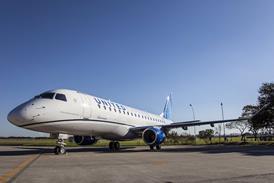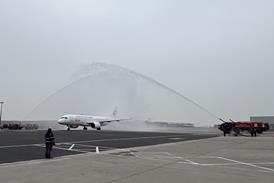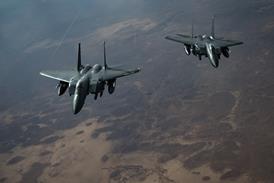Following the British Airways Boeing 777 crash landing at London Heathrow airport, the manufacturer says it is testing the fuel system upstream of the high-pressure engine fuel pumps to try to replicate what may have happened on 17 January when the engines failed to respond to demands for increased power shortly before touchdown.
Boeing's chief pilot flight operations safety division Capt Dave Carbaugh says the fact that the fuel pumps, according to the UK Air Accidents Investigation Branch (AAIB), had been cavitating not long before the impact might indicate a restriction in the fuel flow to the pumps, whether as a result of ice crystals in the fuel or a low-temperature change in fuel viscosity.
 |
|---|
The manufacturer says it is working with the AAIB to try to find the reason for the possible fuel flow restriction by replicating a range of conditions in the fuel lines, and measuring the results.
Meanwhile senior BA 777 captains say there have been no operational advisory notices applied to the 777 fleet since the accident.
The event occurred at 720ft (220m) on final approach to Heathrow's runway 27L, and the aircraft was forced to descend steeply to land about 350m short of the runway end.
Source: FlightGlobal.com























